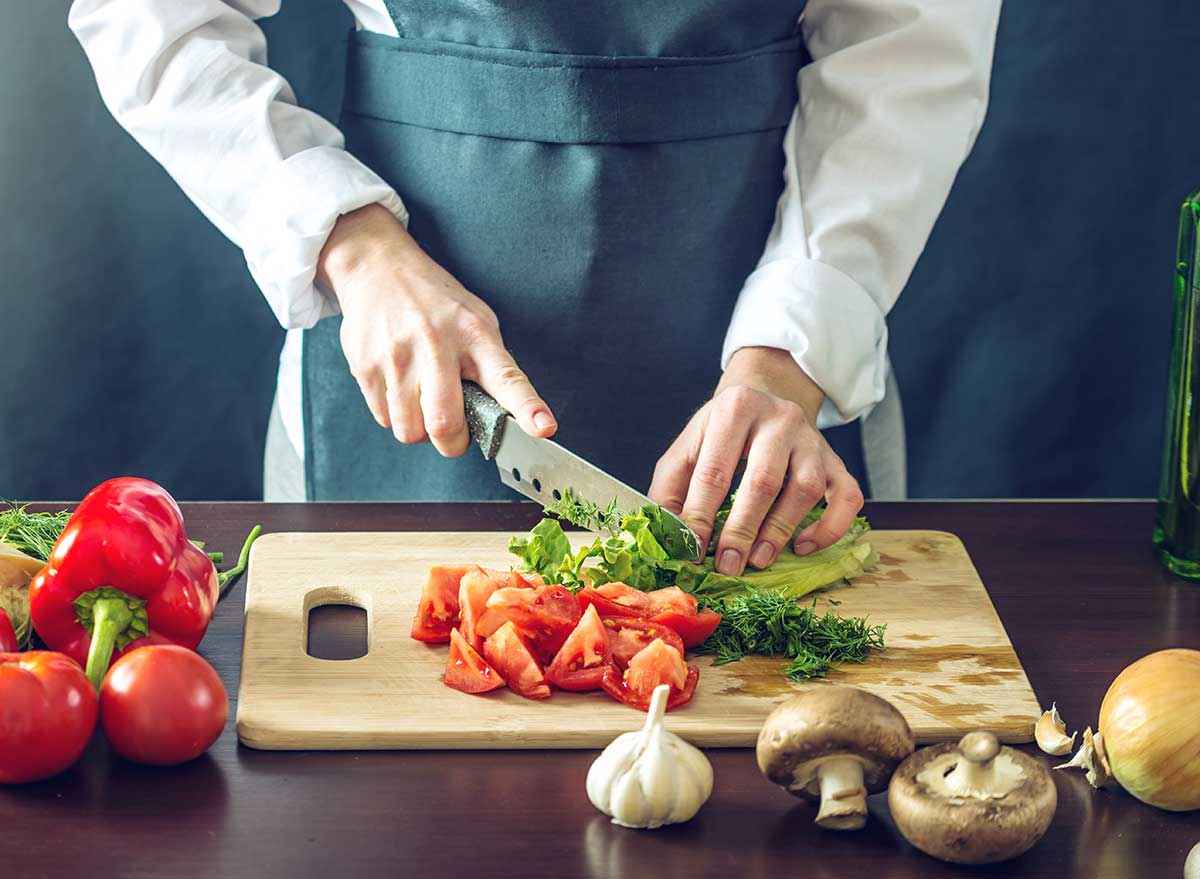How Long Does Cutting Board Oil Take to Dry? Learn Key Steps
Written By James Morgan
When you're deep in the world of BBQ as much as we are, your cutting board becomes an essential tool of the trade. Whether you're slicing brisket or dicing veggies, a well-maintained cutting board is a must. A significant part of maintaining your cutting board is oiling it regularly. But how long does cutting board oil take to dry? This question often puzzles even seasoned BBQ enthusiasts.

Why Is Oiling Your Cutting Board Important?
Before diving into the drying times, it's crucial to understand why oiling your cutting board is essential. Regularly oiling your cutting board helps protect it from moisture, prevents it from cracking, and keeps it looking new. For those who spend countless hours grilling and barbecuing, a well-maintained cutting board is indispensable.

Types of Cutting Board Oils
Different types of oils can be used for your cutting board, and each has its specific drying time:
Mineral Oil
Mineral oil is a popular choice because it's food-safe and readily available. It tends to soak in relatively quickly, typically within 2-4 hours.
Tung Oil
Tung oil provides a hard, durable finish but takes longer to dry. Expect to wait 24-48 hours for it to dry completely.
Walnut Oil
Walnut oil is another food-safe option, but it requires a bit more drying time, usually around 12-24 hours.

Step-by-Step Guide to Oil Your Cutting Board
If you've ever wondered, how long does cutting board oil take to dry, it's essential to follow these steps to ensure optimal results:
Clean the Board
Start by thoroughly cleaning your cutting board. Use warm water and mild dish soap to remove any food particles and let it dry completely before applying oil.
For more on cleaning your cutting board, check out this detailed guide.
Apply the Oil
Pour a generous amount of the chosen oil onto your cutting board and use a clean cloth to spread it evenly. Make sure to cover the entire surface.
Let It Soak
Allow the oil to soak in for the recommended time. Depending on the type of oil, this can range anywhere from a couple of hours to 48 hours.
Wipe off Excess Oil
After the oil has soaked in, use a clean cloth to wipe off any excess oil. Your cutting board should have a nice sheen without feeling greasy.

Factors That Affect Drying Time
The drying time of cutting board oil can be influenced by several factors:
Type of Wood
Softer woods, like pine, absorb oil more quickly, while harder woods, like maple, may take longer.
Environment
Humidity and temperature can significantly affect drying times. In a more humid environment, oil may take longer to dry.
Amount of Oil Applied
Applying a thicker layer of oil will naturally extend the drying time.
Why Patience Pays Off
In our fast-paced lives, waiting for something to dry can feel like an eternity, especially when you're eager to get back to grilling. However, patience is key when it comes to oiling your cutting board.
Avoiding Common Mistakes
Rushing the drying process or using the cutting board before the oil has dried entirely can lead to a sticky surface and less effective protection.
Prolonging Your Board's Life
Allowing the oil to dry fully ensures your cutting board stays in top condition, providing a longer lifespan and a better cutting experience.
FAQs
How can I tell if my cutting board needs oiling?
If your cutting board appears dry, dull, or shows signs of cracking, it's time to oil it.
Is it safe to use my cutting board while the oil is still drying?
No, it's best to wait until the oil has entirely dried to avoid a sticky surface.
How often should I oil my cutting board?
For regular BBQ enthusiasts, oiling once a month should suffice, but it depends on how frequently you use it.
For more information on maintaining your cutting boards, visit this useful article.
As an Amazon Associate, I earn from qualifying purchases.



